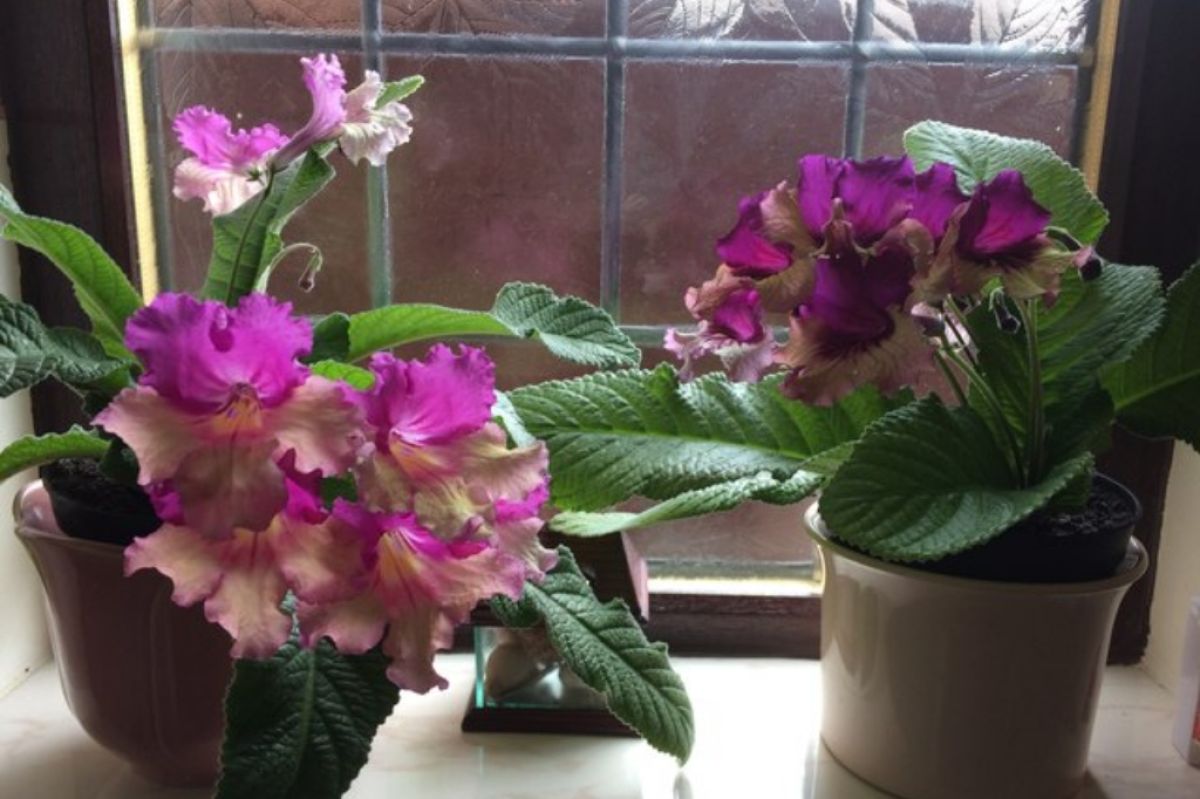The soil requirements are similar to the mix used for African violets. They enjoy constant moisture but need to be watered from below so that water does not spot their leaves, which is a problem with violets.
Cape primroses are also larger and have a multiple crown, and they can be 18" across and produce 12 or more flowers that open every day for 6 months of the year. They like to be cool during summer.
Propagate by using seeds sown in the winter and then each new plant will bloom the next winter. They are fairly reliable bloomers but require sun for half a day, so put them on the sill of a south, east, or west window, and keep the soil moist. They like daytime temperatures in the 70s but can handle 65 degrees at night.
These are pretty plants to grow once one gets used to their habits.
This is Moya Andrews, and today we focused on Streptocarpus.










